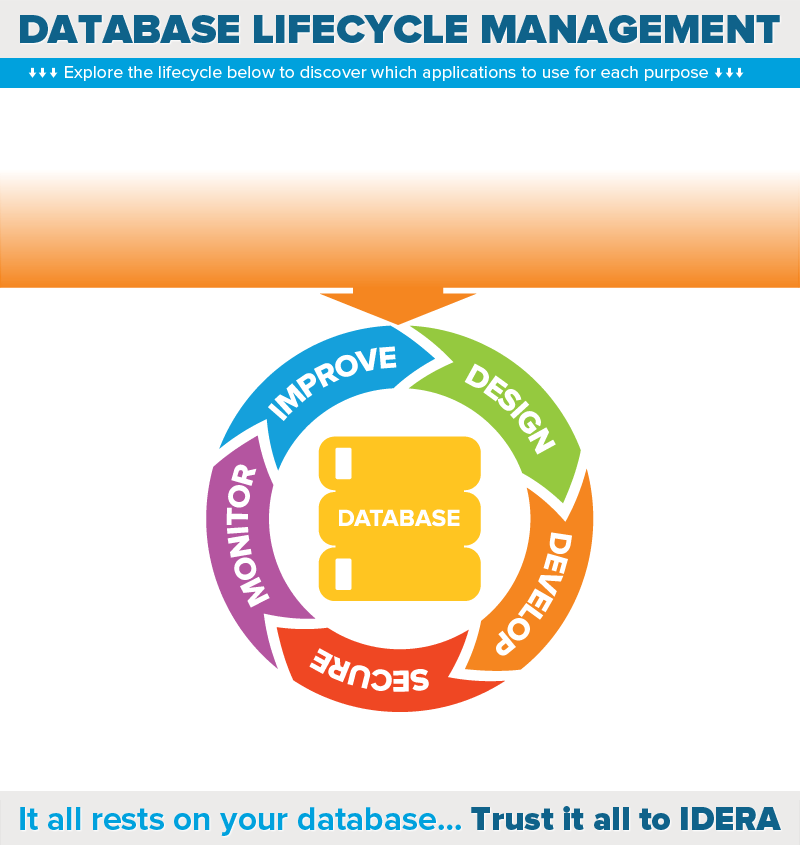Topics: Database Monitoring, Database Diagnostics, Database Performance, Database Compliance, Database Security, Cloud Databases
Products: SQL Diagnostic Manager for SQL Server
Public cloud uses and limitations
The cloud is an attractive option for applications like database instances, but there are also many reasons to keep systems on-premises for the time being. Furthermore, migrating to the cloud isn’t always a straightforward process, so it can be time-consuming. As a result, many organizations end up with a hybrid environment in which some systems are in the cloud, while others remain on-premises. The biggest problem with this architecture is managing it, as many tools can only focus on the cloud or on-premises infrastructure. Tools that work in the hybrid cloud can thus save time and money.
Cloud option
-
Attractive option for database instances
-
Cloud migration now common
-
Also many reasons to stay on-premises for now
Cloud migration
Lift and shift approach
-
Move workloads with little or no change to their underlying code
-
Virtualize on-premises infrastructure instead of designing cloud architecture
-
Fastest path to cloud and often first approach
-
Does not offer advantages of cloud-ready applications
Limitations
-
Not all workloads suitable for cloud
-
Many organizations have messy infrastructures with many applications
-
Many applications may never move to cloud
Common reasons for staying on-premises
Latency
-
Some workflows have high message transmission rate with minimum delay
-
All networks have some latency that worsens with distance
-
So, real-time applications poor candidates for cloud migration
Regulatory compliance
-
Data privacy and protection laws becoming increasingly common
-
Some regulatory certifications not available for public clouds
-
So, processes that use protected data may not run in the cloud
-
Hybrid cloud uses on-premises infrastructure for compliance
Cost
-
Sometimes public cloud more expensive than own infrastructure
-
Labor costs may account for majority of cloud migration cost
-
Easy to write applications from scratch to run in cloud
-
Difficult to migrate legacy applications from data centers
Hybrid cloud
-
Some systems in cloud while others remain on-premises
-
Challenge is to manage this architecture
-
Many tools only focus on cloud or on-premises infrastructure
Tools and benefits
-
Can save users time and money
-
Hybrid cloud tools improved greatly
-
Reduced purchase and maintenance cost
-
Mitigated learning curve
Public cloud summary
The latest cloud solutions are clearly taking aim at other approaches such as physical servers and hyperconverged infrastructure. However, it will probably take years for the cloud to significantly impact the established market for on-premises infrastructure, which is currently dominated by companies such as Cisco, Dell, and HPE.
Solid integration with virtualized infrastructure is the most likely means by which this process will occur. This approach consists of an on-premises as-a-service solution jointly engineered with a software-defined data center application running on a dedicated bare-bones server. A cloud solution could then provision database instances on this server, providing an integrated hybrid cloud with a unified control plane. This environment would then have access to a cloud platform and its cloud-native services.

